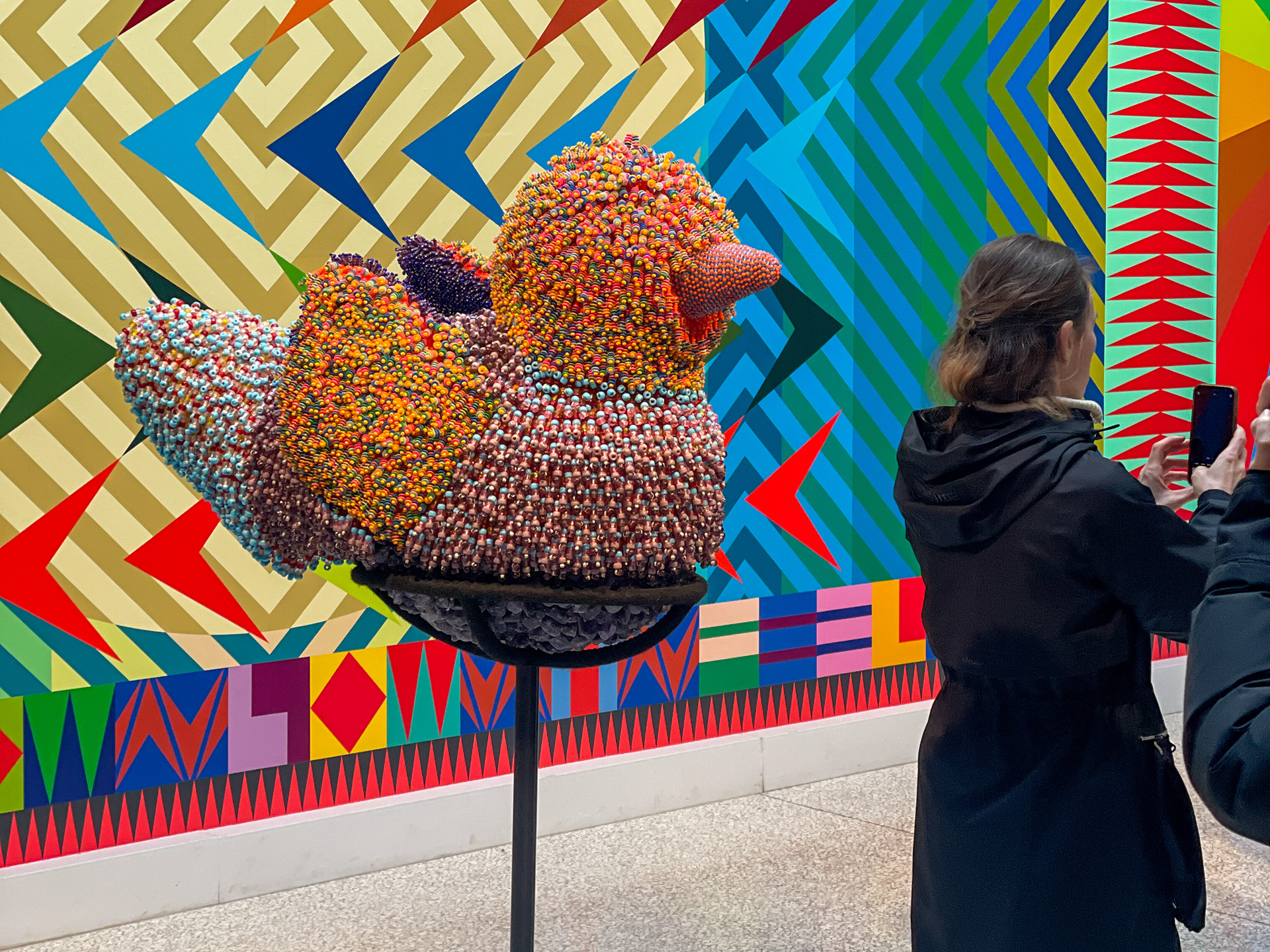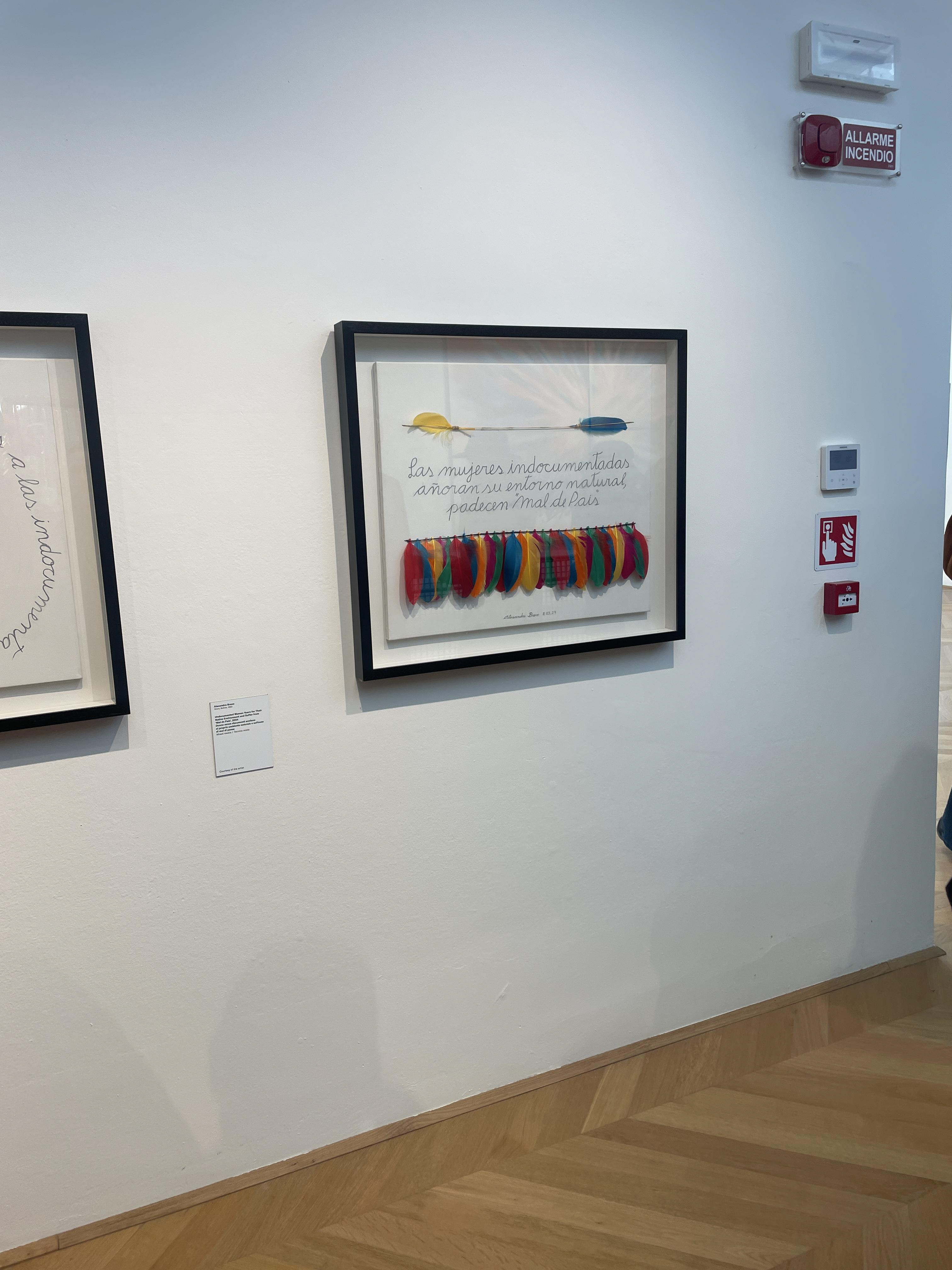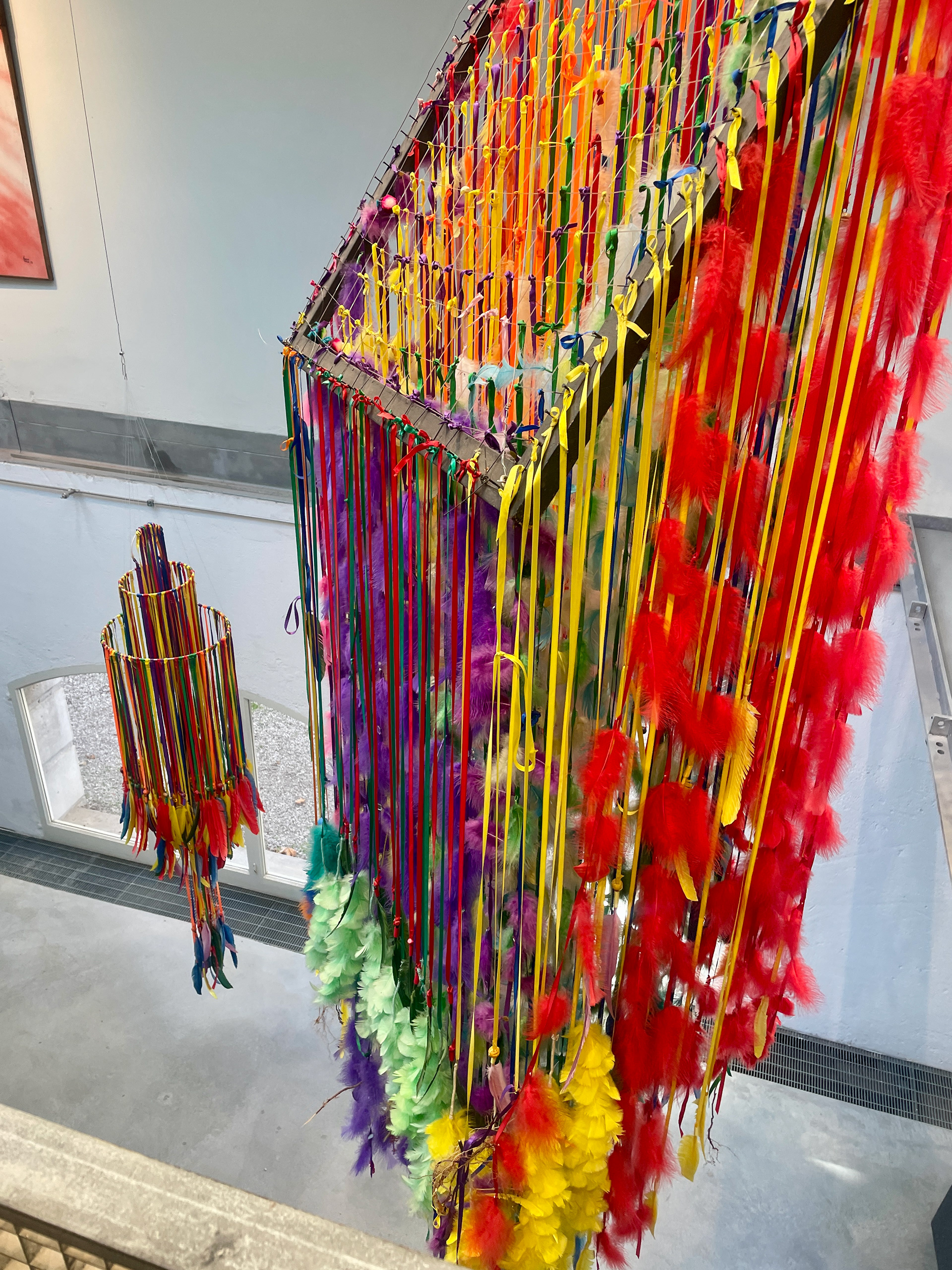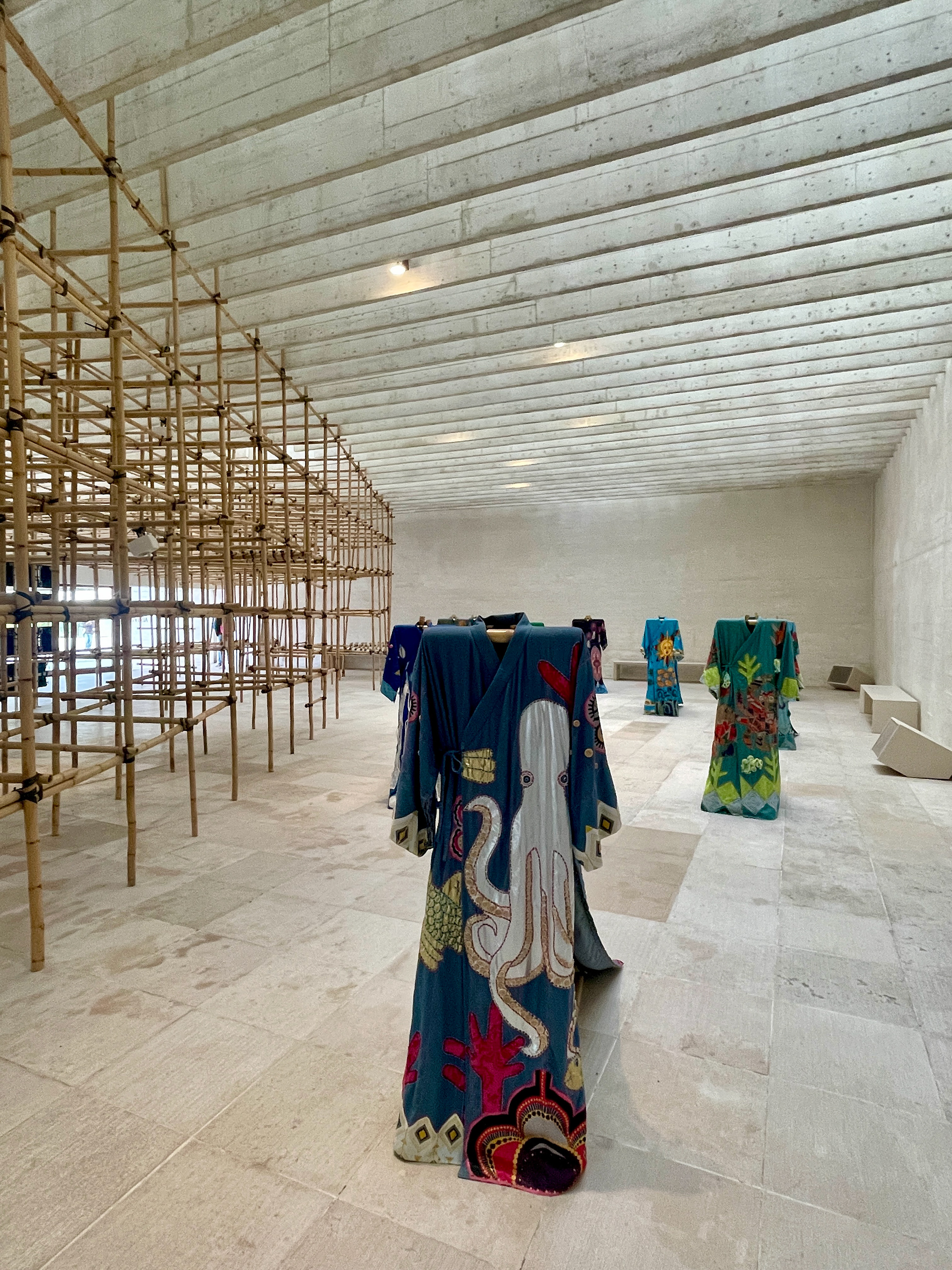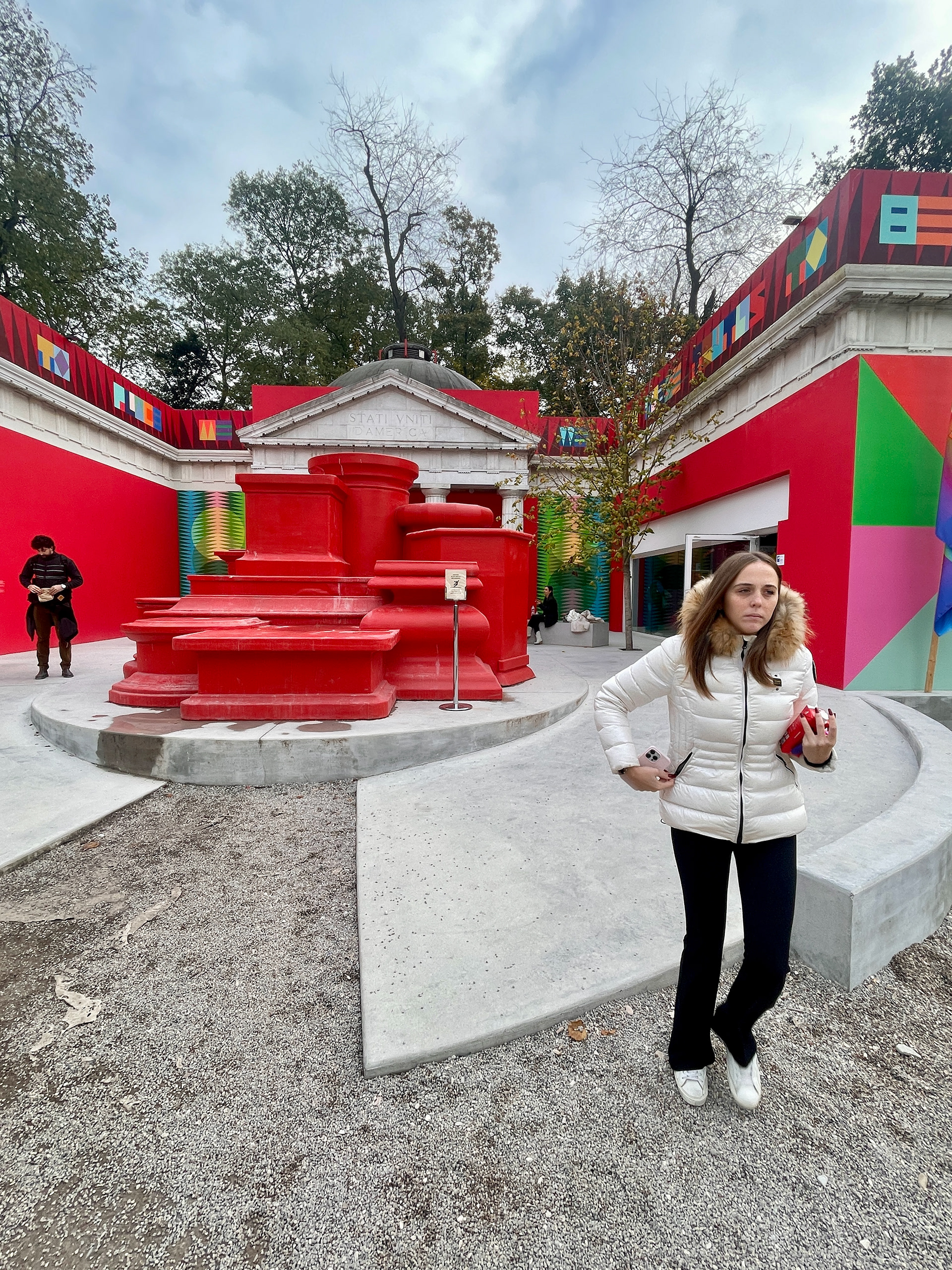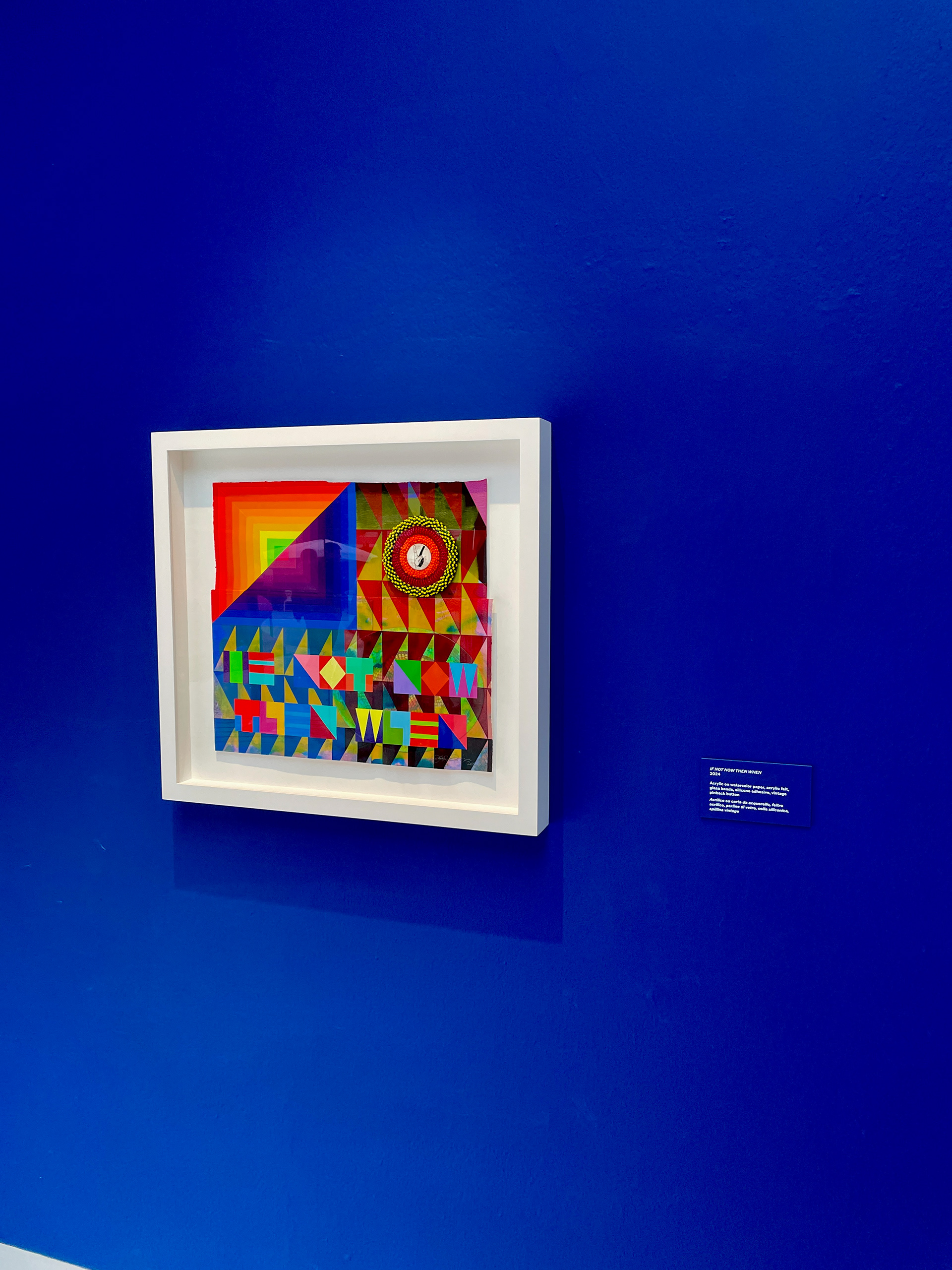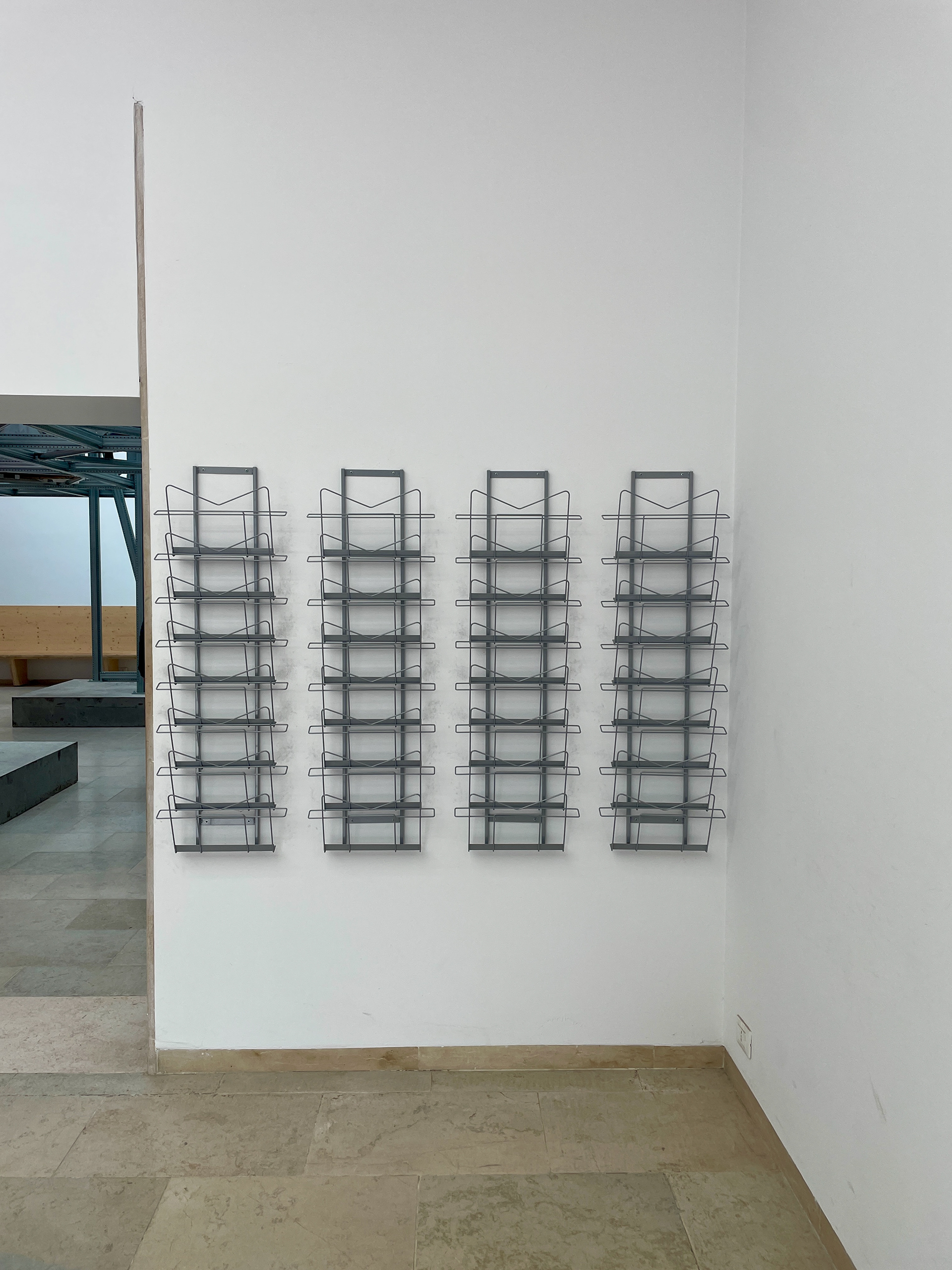Biennale Arte 2024: Stranieri Ovunque – Foreigners Everywhere
From Tobermory to Venice: A Curator’s Slow-Travel Adventure by Train
I’ve just returned from a week at the 2024 Venice Biennale, and it was truly a life-changing experience. Thanks to funding from the British Council and Creative Scotland, I had the opportunity to develop my curatorial practice, with part of the funding to support slow travel and carbon-friendly transportation. So, I enthusiastically booked train tickets for the journey from Oban to Venice—and back!
The views along the way were spectacular, though the connections were sometimes nerve-wracking. Yet, what stood out most was the exceptional kindness and patience of everyone I met, even when I stumbled through basic phrases like bonjour, bonsoir, scusi, grazie, and prego (those months of Duolingo may have paid off, it seems).
Rather than staying on the main island of Venice, I opted for accommodation on Murano, a quieter and more affordable island in the Venice lagoon. This charming area, home to many locals working in the glass industry or at its numerous restaurants, cafes, and markets, offered a warm and welcoming atmosphere. To reach the Biennale, I relied on the vaporetto—Venice's water buses—which, while occasionally bumpy against the docks, were incredibly straightforward to use. The route maps were somewhat bewildering, but even vacationing Italians seemed to find them confusing.
The Biennale itself was a revelation. Among the highlights for me were the exhibitions in the Giardini and pavilions from the UK (filmmaker John Akomfrah RA), Canada (Kapwani Kiwanga – Trinket), Mexico, Bolivia, Belgium, the Czech Republic, and the United States. This year’s Biennale, titled Foreigners Everywhere, was curated by Adriano Pedrosa and centred on themes of foreigners, immigrants, expatriates, émigrés, and refugees. The exhibition extended its focus to include outsider artists, indigenous creators, and other marginalized voices.
One standout was the Maku collective from Brazil, whose striking mural adorned the Central Pavilion. Against the backdrop of a Europe grappling with its highest recorded number of forcibly displaced people—108 million in 2022—the Biennale’s themes felt especially poignant.
Critical reception of this year’s Biennale has been mixed, with some calling it the best in forty years. For me, it offered a space of quiet contemplation and a meaningful exploration of historical injustices and abuses. The curator’s efforts to shift the lens away from a Western, heteronormative perspective achieved notable success. Foreigners Everywhere posed an intimate yet bold question: “Who is absent from the contemporary narrative?” By displacing viewers from the certainty of the Western art historical account, this expansive and compelling survey of global contemporary art invited a profound re-examination.
According to thetrainline.com the CO2 figure for the Oban to Venice return journey was a total of 22 kgs. The figures from EcoTree are I travelled 4,844 kilometers in total by train, which equates to 9 kilograms of CO2 emissions, the equivalent flights from Scotland to Venice would be 536 kg of CO2 emissions.
My heartfelt thanks to the British Council and Creative Scotland for making this extraordinary experience possible.

